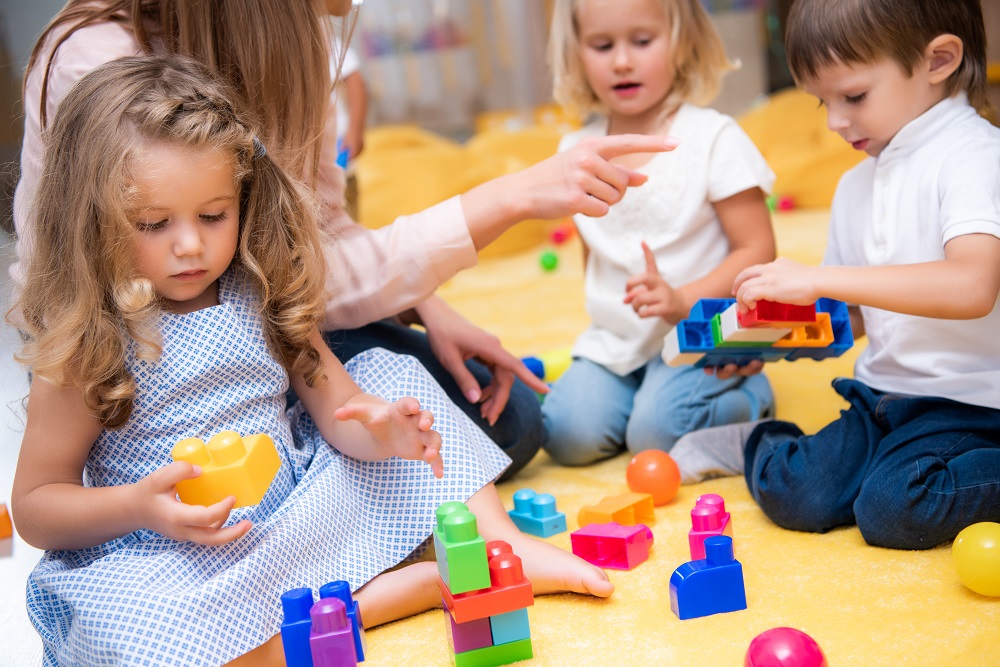In the enchanting world of kindergarten, play areas stand as vibrant sanctuaries where imagination meets education. The magic of these areas lies in their ability to foster a love for learning through the most natural activity children know: play.
Crafting Worlds of Imagination and Discovery
Kindergarten play areas are meticulously designed to ignite curiosity and encourage exploration. From building blocks that tower toward the sky to puzzles that challenge young minds, every toy is selected to enhance cognitive development and creative thinking. These toys, whether they are soft plush animals, farm animal toys or engaging electronic gadgets, serve as tools that stimulate imagination and invite children to create, solve and explore.
A Kaleidoscope of Educational Opportunities
Beyond the sheer joy of play, kindergarten play areas are fertile grounds for educational growth. Through play, children learn foundational concepts in mathematics, language, science and the arts. For instance, sorting and counting colored blocks can introduce early math skills, while storytelling with puppets can enhance language abilities and emotional understanding. Science becomes a more tangible experience as children engage with water tables or plant seeds to watch them grow, blending the lines between play.
Social Skills and Emotional Intelligence
One of the most significant benefits of play areas is their role in developing social and emotional skills. As children navigate the shared space, they learn to communicate, share and collaborate with peers, building friendships and learning the value of teamwork. Toys that require group play, such as board games or outdoor sports equipment, are precious for teaching negotiation, empathy and conflict resolution. In this way, play areas become microcosms of society, where children practice the social skills that will serve them throughout their lives.
Play for Every Child
Inclusive design is paramount in creating kindergarten play areas that welcome every child, regardless of ability. Toys and equipment are selected and arranged to be accessible, ensuring that children with diverse needs can play and learn alongside their peers. Sensory toys, such as tactile puzzles, sound-producing instruments and visually stimulating objects, cater to a wide range of sensory preferences and learning styles, making play a universal language.
Prioritizing Child-Friendly Environments
The safety of children is the cornerstone of designing kindergarten play areas. Surfaces are chosen for their ability to cushion falls, and toys are scrutinized for safety standards, ensuring that playtime is not only fun but also secure. Flexibility in design allows these areas to evolve with the changing interests and developmental stages of the children.
The Impact of Play on Lifelong Learning
The benefits of well-designed kindergarten play areas extend far beyond the early years. Through play, children develop resilience, creativity and problem-solving skills that ensure their future academic and personal success. They learn to think critically, adapt to new situations and approach challenges with a positive attitude. Play areas lay the groundwork for a lifelong love of learning, proving that education does not have to be confined to traditional classroom settings.
Kindergarten play areas, with their diverse array of toys and activities, are essential for holistically nurturing young minds. They blend education with entertainment, responsibility with recreation and learning with laughter. In these vibrant and inclusive spaces, children embark on a journey of discovery, laying the foundations for a bright and joyful future. Through the power of play, kindergarten play areas transform the learning experience, making every moment an opportunity for growth, friendship and fun.

